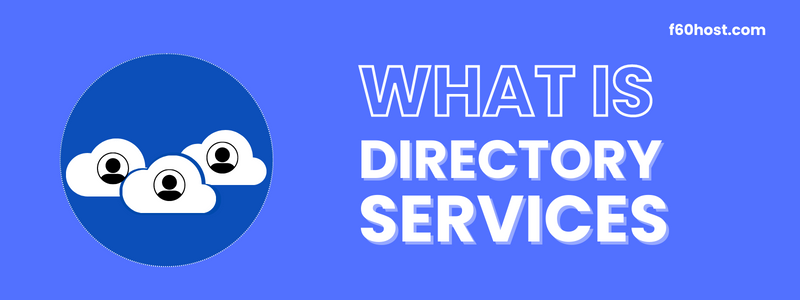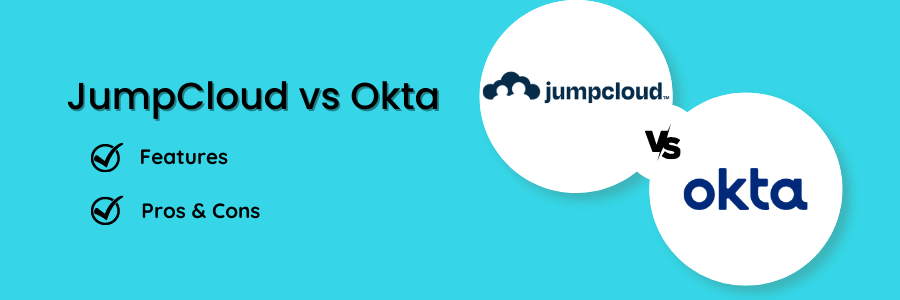What is Directory Services And why Do You Need This?

What is Directory Services
Directory Services also known as name service, links network resource names with corresponding network addresses. A user does not need to remember the physical address of a network resource when using the name service kind of directory; supplying the name locates the resource.
The network namespace is established by directory services. In this instance, holding one or more objects as named entries is referred to as a namespace. The way network resources are named and recognized is often governed by a set of rules throughout the directory design process. The names must adhere to the standards of being distinct and clear. The term “distinguished name” (DN) refers to a group of attributes (also known as “relative distinguished names“) that together make up the name of a directory entry and is used in both LDAP and the X.500 directory service standards.
A directory Service is a shared information infrastructure for locating, managing, administering, and organizing common items and network resources, which can include volumes, folders, files, printers, users, groups, devices, telephone numbers, and other objects. A NOS’s directory service is a crucial element (Network Operating System). A directory services as a Service Delivery Platform’s main information hub in more complicated situations. For instance, utilizing a directory service to search for “computers” would result in a list of accessible computers and instructions on how to use them.
What are the Different Types of Directory Services?
LDAP: Lightweight Directory Access Protocol is a protocol that enables directory services authentication for servers and clients on multiple platforms.
Key File: A key file is a text file that contains the user’s password, encrypted to prevent unauthorized access.
Digest File: Stores user and group information based on encrypted username and password.
LDAP implementations
- Cloud Directory: Cloud directory services are a modern implementation of identity management and directory solutions delivered through the cloud. These products help companies store information about individual identities and manage their lifecycles.
- Active Directory: Microsoft’s modern directory service for Windows, originating from the X.500 directory, created for use in Exchange Server, first shipped with Windows 2000 Server and is supported by successive versions of Windows.
- Apache Directory Server: Directory service written in Java, supporting LDAP, Kerberos 5, and the Change Password Protocol. LDAPv3 certified. The Apache Directory Server is also a top-level project of the Apache Software Foundation.
- eDirectory: This is NetIQ’s implementation of directory services. It supports multiple architectures including Windows, NetWare, Linux, and several flavors of Unix, and has long been used for user administration, configuration management, and software management. eDirectory has evolved into a central component in a broader range of Identity management products. It was previously known as Novell Directory Services.
- Red Hat Directory Server: Red Hat released a directory service, that it acquired from AOL’s Netscape Security Solutions unit, as a commercial product running on top of Red Hat Enterprise Linux called Red Hat Directory Server and as the community-supported 389 Directory Server project.
- Oracle Internet Directory: (OID) is Oracle Corporation’s directory service, which is compatible with LDAP version 3.
- Sun Java System Directory Server: Sun Microsystems’ current directory service offering
- OpenDS: An open-source directory service implementation from scratch in Java, backed by Sun Microsystems
- IBM Tivoli Directory Server It is a customized build of an old release of OpenLDAP.
- Windows NT Directory Services (NTDS), later renamed Active Directory, replaces the former NT Domain system.
What is the Difference if You already have a Database?
There are a couple of things to consider.
A directory service and a database are two technologies that are used to store and manage information. They’re both used to store data, but they’re different in a few key ways.
Having a database and working with it The first difference is that although databases utilize flat structures for information organization, directory services use hierarchical structures. In order to always be able to know where items are stored, directory services are built on a tree-like structure that branches out from a single point and then branches out again. Users can easily navigate the system due to the hierarchy in the structure since they are aware of where everything is.
A directory service has branching structures, whereas a database stores all of its data in a single flat file or table. Users may now access all information at once, making it simpler for them to do so. For instance, if you wanted to check for.
Compared to relational databases
Traditional directory services and standard relational databases differ in a number of ways. Naturally, there are exceptions, but generally speaking:
Since directory information is read more frequently than it is published, characteristics relating to transactions and rollback are not as crucial.
Data that improve performance may be redundant.
The components of a directory schema are object classes, attributes, name bindings, and knowledge (namespaces), where an object class contains the following components:
The characteristics that each of its occurrences must possess
Implementations of directory services
There are several ways in which conventional relational databases and traditional directory services are different. Of course, there are always exceptions, but generally speaking:
The properties related to transactions and rollback are not as important since directory information is read more often than it is published.
There is a chance that duplicate data will increase performance.
Object classes, attributes, name bindings, and knowledge (namespaces) all make up a directory schema, and an object class typically consists of the following elements:
The qualities that each of its occurrences must-have can be stated for an instance but they can also be disregarded with the absence in a relational database being approximately equivalent to NULL.
There may be many name attributes at the same time for an attribute that has multiple values.
There have been numerous forms of directory service implementations from different vendors. Systems developed before the advent of X.500 include:
- Domain Name System: (DNS), the first directory service on the Internet, which is still used everywhere today.
- Hesiod: was based on DNS and used at MIT’s Project Athena.
- Network Information Service: (NIS), originally named Yellow Pages (YP), was Sun Microsystems’ implementation of a directory service for Unix network environments. It served a similar role as Hesiod.
- NetInfo: was developed by NeXT in the late 1980s for NEXTSTEP. After being acquired by Apple, it was released as open source and used as the directory service for Mac OS X before being deprecated in favor of the LDAP-based Open Directory. Support for NetInfo was completely removed with the release of 10.5 Leopard.
- Banyan VINES: was the first scalable directory services offering.
- NT Domains: was developed by Microsoft to provide directory services for Windows machines prior to the release of the LDAP-based Active Directory in Windows 2000. Windows Vista continues to support NT Domains, but only after relaxing the minimum authentication protocols, it supports.
Consider a directory service that would allow access to all data.
Yes, we may utilize a single directory called Universal Directory that links to various kinds of directories, including LDAP (Lightweight Directory Access Protocol) directories, user stories, and on-premise Active Directory. You may access all folders from one location when using the mini Orange solution.
Check out more Educational articles on F60 Host. Know More About Cloud Directory Services
If you would like a blog on a certain topic, please feel free to contact us at F60 Host



